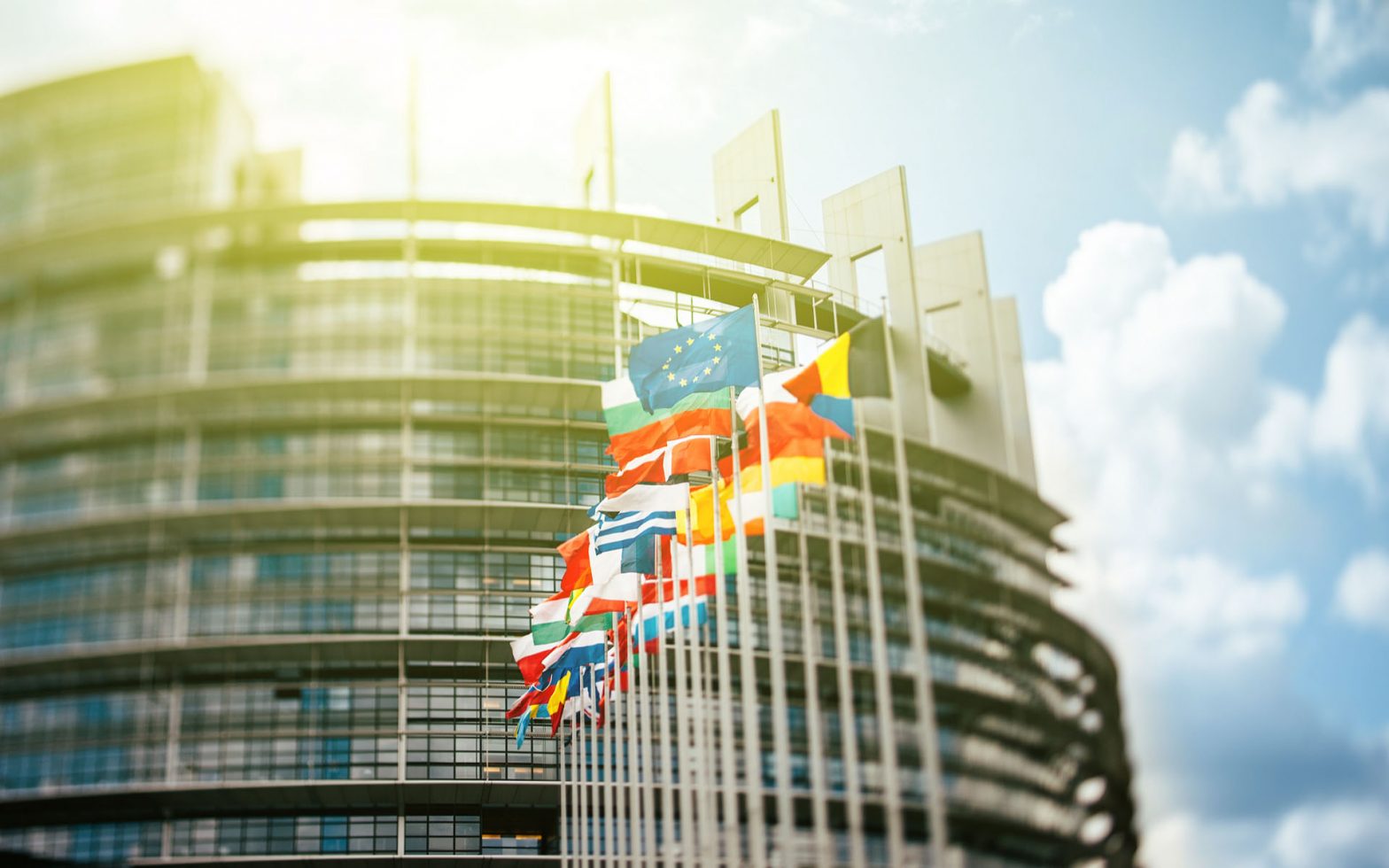Do You Know These Reasons Why Your Business Needs Email Data Protection with GDPR Compliance?
November 12, 2018

Email is the undisputed #1 source of cybersecurity threats.
It has been for years and it still is today. In fact, a whopping 96% of social cybersecurity threats begin with email. This is awful!
Undoubtedly, email critically needs protection. But exactly what threats do you have to deal with?
Let’s take a closer look.
Protection From Email-Based Threats Is Crucial as Ever
The email protocol has not seen a major overhaul since the 1980s. That’s a fact.
You can probably guess that potential threats are too many to count, but let’s focus on the most prevalent and most costly ones.
Here is a quick breakdown.
Email Phishing
Email phishing is all about baiting.
Namely, manipulating the email recipient into divulging sensitive data.
The data can be anything from corporate login credentials to financial account accesses.
Hackers typically disguise themselves as trusted senders urging recipients to open ransomware-infected files or click malicious links.
You might be thinking – who falls for that stuff?
Well, a lot of people do and it costs businesses hundreds of millions all around the world.
Business Email Compromise aka BEC
Business Email Compromise is a more sophisticated and highly-targeted scam which, according to the FBI, has cost organizations over $12 billion.
To successfully pull a BEC scam like that, a hacker usually needs to get a hold of a legitimate business account.
Most of the account credentials can be bought on the Darknet – 92% of companies have stolen cloud credentials for sale – or these credentials can be phished.
The compromised business account is then used to target employees performing payments and financial transfers.
Why Do You Need Email Channel Protection?
What makes some of these phishing attacks so effective is that they can be extremely difficult to detect by eye, especially when the recipient is caught off guard.
Imagine your average employee on a Friday evening. Say, his name is Jim.
So Jim’s shift is about to end. His mind has already drifted off to his Friday evening plans. It is just this final task that keeps him away.
Suddenly Jim gets an email labeled as urgent.
This could not have been a bigger bummer for Jim. Apparently, his boss needs him to wire some money and cover monthly fees. It cannot wait till Monday too.
Jim responsibly reads the email, gets the job done quickly and storms out already minding his own business.
It is not until Monday that it becomes evident it was a scam all along.
You can’t really blame Jim. You want to, but you can’t.
He followed the URL with a cleverly spoofed domain-name and wired the money just like he does every couple of months.
There is nothing you could do. Everything looked practically identical to the human eye, unless you knew exactly where to look at.
What you can do is solve this problem with software to make the threat non-existing?
You Are Required to Protect Email Content and Files by Law
As of May 2018, GDPR is yet another force to be reckoned with.
The data regulations came into force on May 25th and describe how organizations have to handle all ‘personal data’.
European Union’s General Data Protection Regulation is a subject that deserves attention on its own, but without diving into too much detail in this post, there is something we have to understand.
The usage of regular email channel can violate a number of GDPR articles.
These violations can potentially lead up to €20 million in fines or 4% of annual global turnover whichever is greater.
Even the most overpriced solution will cost you less.
Plus, your reputation stays untainted and customer confidence gets boosted.
StealthMail: Military-grade Email Information Protection Solution
Let’s cut to the chase.
Using StealthMail addresses all of those problems discussed above and many more.
The StealthMail solution provides military-grade protection to all of your email content. It features a patented data transfer protocol allowing you to send undetected stealth emails.
StealthMail protects messages and attachments with advanced encryption and stores them in your company controlled cloud.
Only a unique Stealth Link to email content, inaccessible to third-party, travels to the recipient. If intercepted, this link contains no data, cannot be accessed, cracked, or substituted, and even can be deactivated whenever you please.
Within StealthMail you can forget about phishing, BEC, or EAC threats. The mandatory use of two-factor authentication ensures the sender and the recipient identities are not compromised.
Email security is at the top of the list of things you can’t cut corner on if you take your business seriously.
Find out more about why StealthMail is the military-grade solution your organization needs by scheduling a free one-on-one consultation at StealthMail.com.
Link copied to clipboard!
